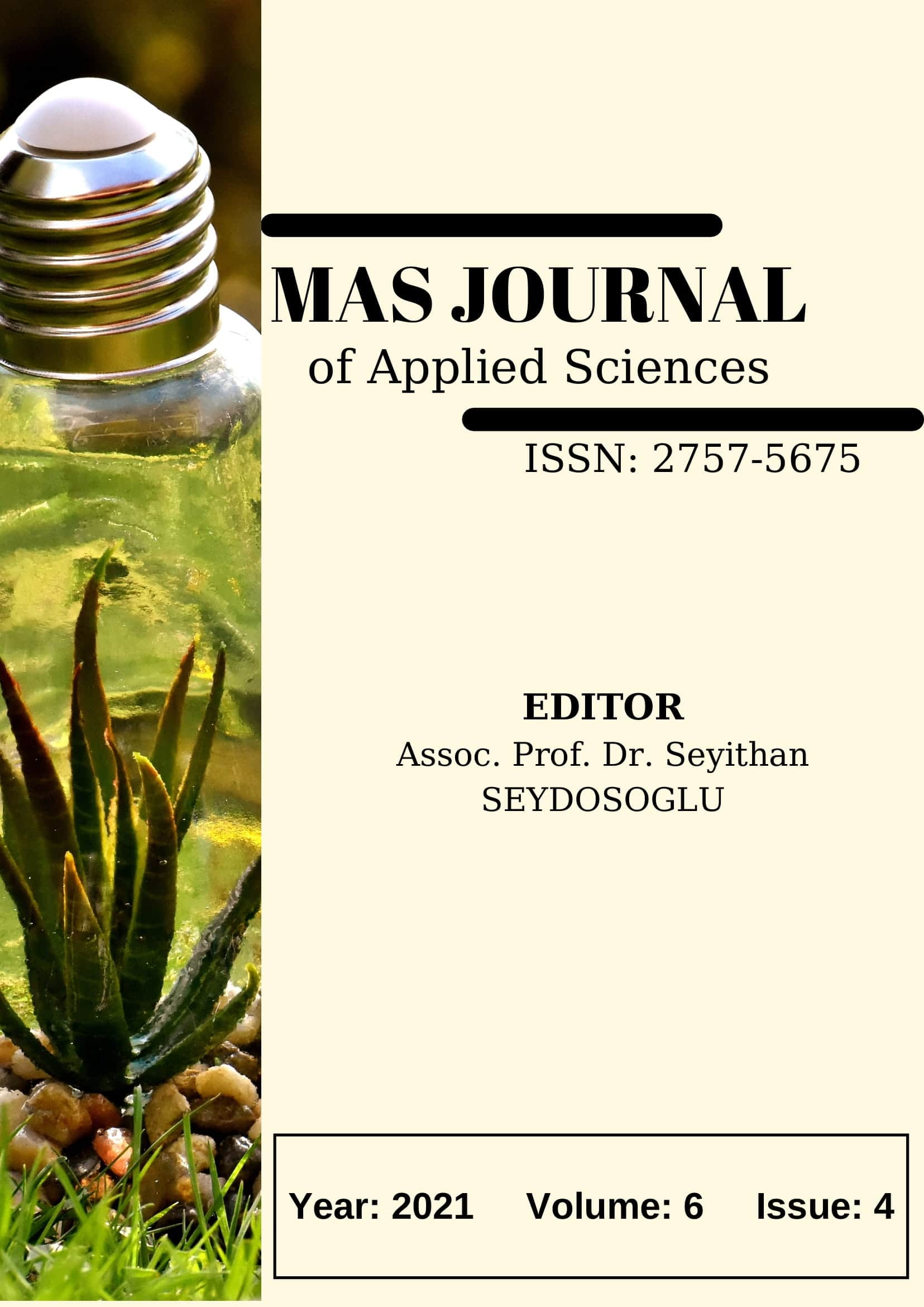Some Fermentation Characteristics of Silage Made With Sweet Sorghum Bagasse Grown In GAP Condition
DOI:
https://doi.org/10.52520/masjaps.157Keywords:
Sweet sorghum, bagasse, silage, organic acids, fermentation characteristics Advanced Search Please Select Search titles only AnnouncementsAbstract
The search for different roughage sources continues in order to close the quality roughage gap needed by livestock. The objective of this study is to evaluate the potential of sweet sorghum bagasse as an alternative feed resource for livestock. In the research, 21 sweet sorghum (Sorghum bicolor var. saccharatum (L.) Mohlenbr.) genotypes obtained from abroad and domestically were used as material. Field trials were carried out in Akcakale/Sanlıurfa second crop conditions in 2016 and 2017 according to randomized complete block design with 4 replications. Harvest was performed between milk and soft dough stages. After the leaves and panicle of the plant were stripped, sap-extracted plants (bagasse) were ensiled and silage quality attributes were also determined. Statistically significant differences were found in sweet sorghum genotypes in terms of all silage quality characteristics except pH. Depending on two-year averages; Ash content, pH, dry matter ratio, lactic acid, asetic acid, propiyonic acid ve butyric acid were ranged from 44.86-70.13 g kg-1 DM, 3.20-3.83, 23.72-34.27%, 22.42-53.45 g kg-1 DM, 5.54-15.78 g kg-1 DM, 0.173-1.751 g kg-1 DM, and 0.200-1.942 g kg-1 DM respectively. It is concluded that the silages of sweet sorghum bagasse which were grown the 2nd production conditions in GAP region can be considered as roughage.
Downloads
Published
How to Cite
Issue
Section
License
Copyright (c) 2021 The copyright of the published article belongs to its author.

This work is licensed under a Creative Commons Attribution-NonCommercial 4.0 International License.


